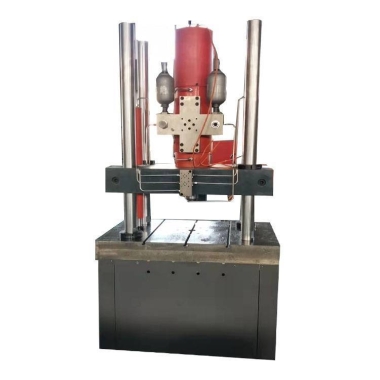Applicable standards:
GB 15083:It specifies the strength requirements and test methods of the car seat system, which is applicable to the seats and their fixtures of M and N cars.
FMVSS 207:It specifies the strength requirements of the seat back and its adjustment device and applies to all seats in Class M1 vehicles.
ECE R17:It regulates the strength of car seats, seat belt anchors, etc.
Main parameters:
| Parameter | Description |
|---|---|
| Loading capacity | The test bench should have sufficient loading capacity to simulate the various loads that the seat may withstand in actual use. For example, for a 20g static loading test, the test bench needs to be able to apply a force equivalent to 20 times the gravity of the seat assembly. |
| Loading method | The test bench should support a variety of loading methods, such as horizontal forward, horizontal backward, torsion, etc., to meet the needs of different test projects. |
| Test accuracy | The loading accuracy and measurement accuracy of the test bench should meet the requirements of the relevant standards to ensure the accuracy and reliability of the test results. |
| Number of tests | The test bench should have the function of setting and recording the number of tests for durability testing. |
| Control mode | The test bench is usually controlled by computer servo to achieve accurate loading and measurement. |
| Data acquisition and processing | The test bench should be equipped with a data acquisition system, which can automatically record various data during the test process and generate test reports |




